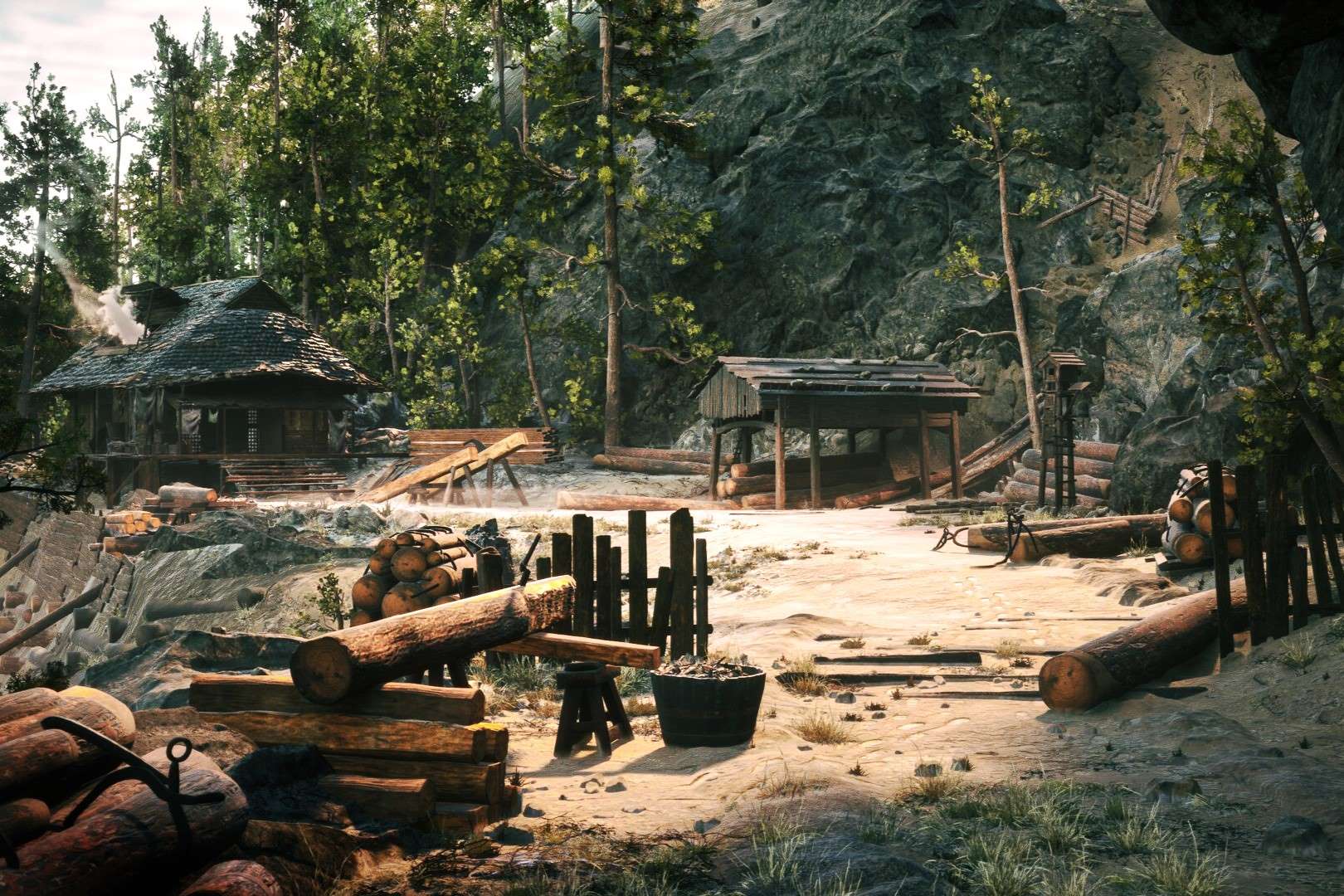Hidden Stories Of Historic Lumber Camps

Have you ever wondered about the hidden stories behind historic lumber camps? These camps were once bustling hubs of activity, filled with hardworking loggers who braved harsh conditions to harvest timber. Imagine the camaraderie, the challenges, and the daily life in these remote locations. From the early morning wake-up calls to the hearty meals shared in mess halls, every day brought new adventures and obstacles. The lumber camps not only shaped the landscape but also the communities around them. Dive into the past and uncover the fascinating tales of perseverance, innovation, and the human spirit that defined these historic sites.
The Forgotten Beginnings of Lumber Camps
Lumber camps played a crucial role in shaping the early American landscape. These camps were more than just places where trees were cut down; they were communities filled with stories, struggles, and triumphs. Let's explore some hidden stories of historic lumber camps that have left a lasting impact.
1. The Great North Woods
The Great North Woods, spanning across Maine, New Hampshire, and Vermont, was a hub for early lumber activity. These dense forests provided the raw materials needed to build cities and towns.
- Logging in the White Mountains: In the 19th century, the White Mountains of New Hampshire saw extensive logging. The timber harvested here was used to build homes, ships, and even railroads.
- Maine's Timber Boom: Maine's vast forests were a goldmine for lumberjacks. The Penobscot River was a major route for transporting logs to mills.
- Vermont's Logging Legacy: Vermont's Green Mountains were another key area for logging. The state's lumber industry helped fuel the growth of nearby cities.
2. The Pacific Northwest Giants
The Pacific Northwest, with its towering trees and lush forests, became a major center for the lumber industry in the late 19th and early 20th centuries. The region's lumber camps were bustling with activity.
- Washington's Timber Titans: Washington State's forests were home to some of the largest trees in the world. Lumber camps here were known for their massive logging operations.
- Oregon's Logging Legends: Oregon's timber industry was a driving force behind the state's economy. The state's lumber camps were filled with hardworking loggers who braved the elements to harvest timber.
- California's Redwood Giants: California's redwood forests were a sight to behold. The state's lumber camps were known for their efforts to harvest these massive trees while preserving the environment.
3. The Southern Pine Belt
The Southern Pine Belt, stretching from Texas to Virginia, was another key area for the lumber industry. The region's pine forests provided the raw materials needed for construction and manufacturing.
- Texas Timber Towns: Texas's pine forests were a major source of timber for the state's growing cities. Lumber camps in East Texas were bustling with activity as loggers worked to harvest the valuable wood.
- Georgia's Pine Plantations: Georgia's pine forests were another key area for the lumber industry. The state's lumber camps were known for their efficient logging operations and innovative techniques.
- Virginia's Timber Trails: Virginia's forests were a major source of timber for the state's growing industries. Lumber camps in the state were filled with hardworking loggers who braved the elements to harvest the valuable wood.
4. The Midwest Timberlands
The Midwest, with its vast forests and fertile soil, was another key area for the lumber industry. The region's lumber camps were known for their hardworking loggers and innovative techniques.
- Michigan's Lumber Legacy: Michigan's forests were a major source of timber for the state's growing industries. Lumber camps in the state were filled with hardworking loggers who braved the elements to harvest the valuable wood.
- Wisconsin's Timber Trails: Wisconsin's forests were another key area for the lumber industry. The state's lumber camps were known for their efficient logging operations and innovative techniques.
- Minnesota's Logging Legends: Minnesota's forests were a major source of timber for the state's growing industries. Lumber camps in the state were filled with hardworking loggers who braved the elements to harvest the valuable wood.
5. The Canadian Connection
Canada's vast forests were another key area for the lumber industry. The country's lumber camps were known for their hardworking loggers and innovative techniques.
- British Columbia's Timber Titans: British Columbia's forests were a major source of timber for the country's growing industries. Lumber camps in the province were filled with hardworking loggers who braved the elements to harvest the valuable wood.
- Ontario's Logging Legends: Ontario's forests were another key area for the lumber industry. The province's lumber camps were known for their efficient logging operations and innovative techniques.
- Quebec's Timber Trails: Quebec's forests were a major source of timber for the country's growing industries. Lumber camps in the province were filled with hardworking loggers who braved the elements to harvest the valuable wood.
The Legacy of Lumber Camps Lives On
Historic lumber camps offer a fascinating glimpse into the past. These camps were more than just places to cut down trees. They were communities where workers lived, shared stories, and built a unique culture. Visiting these sites today, you can almost hear the echoes of axes and the camaraderie of the lumberjacks. The old tools, cabins, and trails tell stories of hard work and resilience. Exploring these camps helps us appreciate the tough lives of those who shaped our forests and built our towns. Whether you're a history buff or just curious, these hidden stories are worth discovering. They remind us of a time when life was simpler but much harder. The legacy of these camps lives on, offering lessons in perseverance and community. So, next time you see an old logging road, think about the history it holds.

